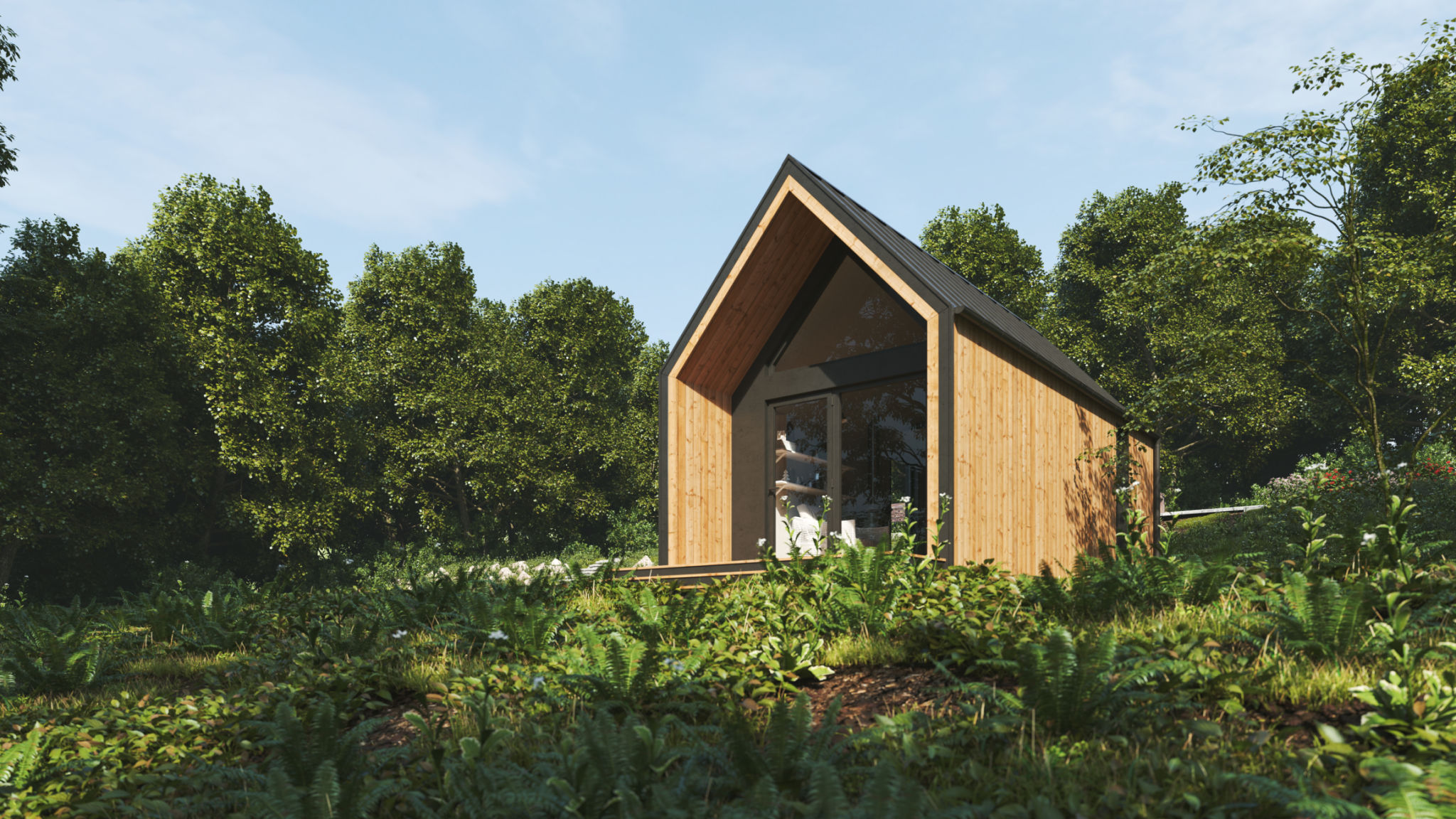Innovations in West African Construction: What Sets Builders Apart
Embracing Modern Techniques in Construction
West Africa's construction industry has experienced a significant transformation over the past decade. This evolution is driven by the need to meet growing urban demands and the ambition to integrate innovative building practices. Local builders are at the forefront of this change, utilizing modern techniques that not only enhance the quality of structures but also ensure sustainability.
One notable advancement is the incorporation of prefabricated building components. Prefabrication allows for faster construction times, reduced waste, and improved safety on building sites. This method is becoming increasingly popular in urban areas where time and space are limited resources.

Sustainability: A Key Focus
Environmental considerations are now a primary focus in West African construction, with builders adopting sustainable practices to minimize their carbon footprint. The use of locally sourced materials is a common strategy, reducing the environmental impact associated with transportation. Many projects also emphasize energy efficiency through the incorporation of solar panels and natural ventilation systems.
Moreover, water conservation techniques are being implemented to address the region's water scarcity issues. Rainwater harvesting systems and efficient plumbing fixtures are becoming standard features in new builds.
Innovative Building Materials
Traditional building materials are being replaced by innovative alternatives that offer superior durability and environmental benefits. For instance, compressed earth blocks (CEBs) are gaining popularity due to their strength and insulation properties. These blocks are made from locally available soil and require less energy to produce compared to conventional bricks.

Technology-Driven Construction
The integration of technology is markedly setting West African builders apart. Cutting-edge tools such as Building Information Modeling (BIM) are being utilized to improve project planning and execution. BIM allows for accurate 3D representations of buildings, facilitating better communication among stakeholders and reducing costly errors.
Drones and 3D printing are also making their mark in the industry. Drones provide aerial insights into site conditions, enabling precise monitoring and assessment, while 3D printing offers rapid prototyping capabilities, particularly beneficial for custom design elements.

Training and Development
A commitment to continuous professional development is crucial for the success of these innovations. Builders are investing in training programs to equip their workforce with the necessary skills to handle new technologies and materials. This investment not only improves job performance but also enhances career prospects for workers in the construction sector.
Local universities and vocational schools are partnering with construction companies to offer specialized courses, ensuring that graduates are well-prepared for the demands of modern building projects.
Conclusion
In conclusion, West African builders are distinguishing themselves through the adoption of innovative practices that address contemporary challenges in the construction industry. By embracing modern techniques, focusing on sustainability, leveraging technology, and investing in workforce development, they are not only building better structures but also contributing to a more sustainable future for the region.
